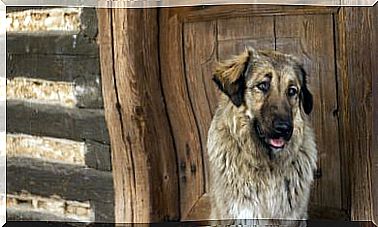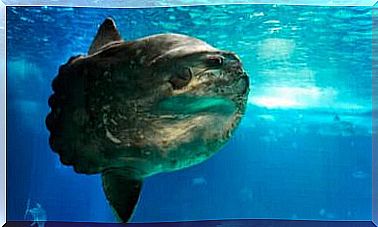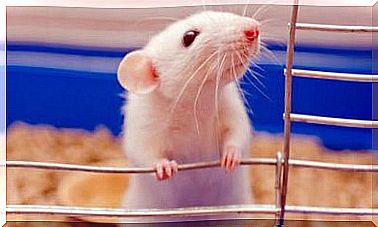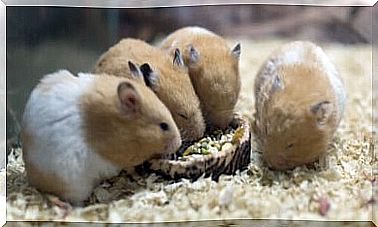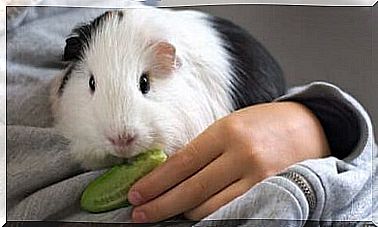The Snub-nosed Monkey Famous For Sneezing
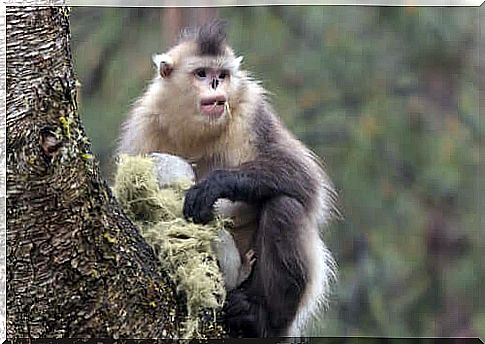
Nature is very curious and always surprises us. Today, let’s talk about the snub-nosed monkey. He is known for his strange way of sneezing and is unfortunately in danger of extinction.
The upturned-nosed monkey and its fear of rain
In the Rhinopithecus family , we can find the Strykeri species, which lives in Myanmar and China – more specifically, in the vicinity of the Mekong and Salween rivers. Its population does not exceed 300 copies.
They say he’s afraid of rain, but what really happens is that, due to the ‘upturn’ nose shape, water enters his nostrils and causes a lot of sneezing.
The downside is that, in the region where he lives, storms are common most of the year.
When that happens, he hides his head between his knees and doesn’t come out for several days, as if he’s been grounded for misbehaving. That way he avoids sneezing.
The snub-nosed monkey is in critical danger of extinction because of the loss of its natural habitat as well as indiscriminate hunting.
Other upturned-nosed monkeys
Four other snub-nosed monkey species complete the family, all endemic to Southeast Asia, between southern China and northern Vietnam:
1. Black monkey with upturned nose
His scientific name is Rhinopithecus bieti and he lives in Chinese territory. Not much is known about this snub-nosed monkey because it lives in an inhospitable area, among steep slopes, bamboo bushes and foggy summers with poor visibility.
However, this does not ‘save’ it from the risk of extinction, as its population is quite sparse.
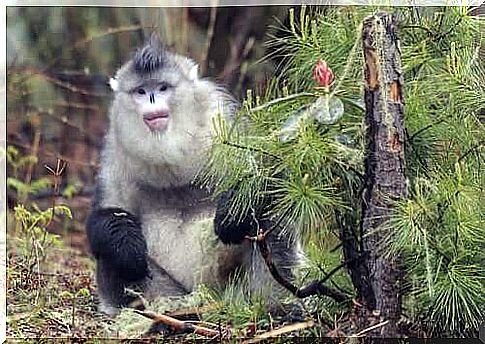
The black monkey is large, its body is robust and it has a fair amount of dark hair. The tail is almost as long as its torso. It forms groups of up to 60 individuals, who live in a territory of up to 135 km 2 .
2. Tonkin Monkey
Also known as the Dollman monkey, this species is endemic to northwest Vietnam, living in an area of forest that is not accessible to humans.
There are currently about 250 specimens, so it is in critical danger of extinction.
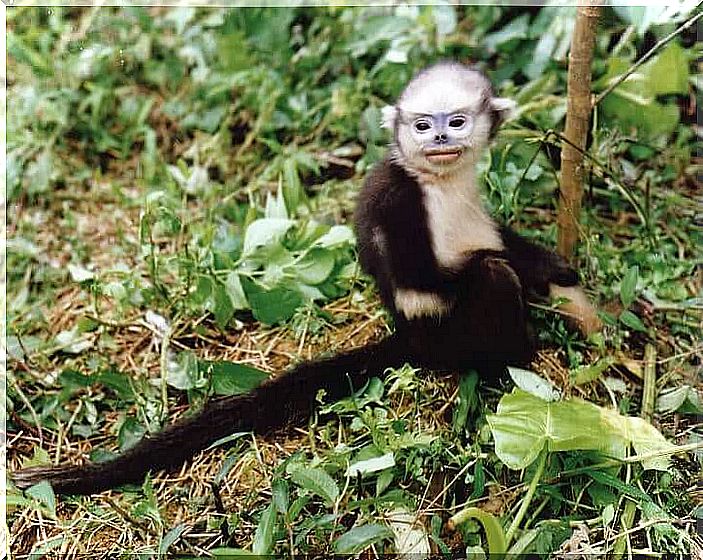
3. Upturned-nosed gray monkey
This catarrhine primate lives in China, where it is known as the snub-nosed gray monkey of Guizhou. Only about 750 specimens remain in freedom, in a territory of 400 km 2 between mountains more than 500 meters above sea level.
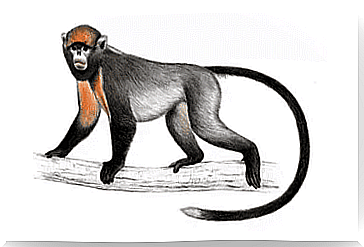
4. Golden monkey
The Rhinopithecus roxellana lives in Hengduan, Qinling mountains and Shennongjia, China, near the Yellow and Yangtze rivers. He prefers forests with an altitude of more than 1,400 meters above sea level and spends almost the entire day in trees, especially the females.
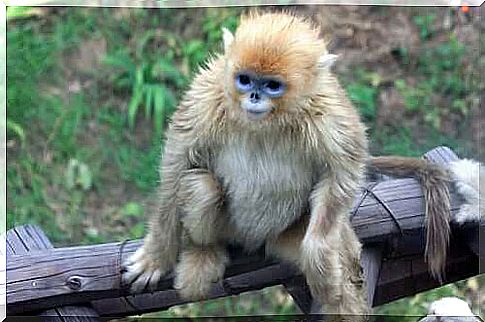
Each male has a harem of up to six ‘wives’. Their female offspring reach maturity at four years of age, and male offspring at seven. A curious fact about its coat is that its body is yellow and golden with bluish patches on the face.
The snub-nosed monkey is well known in China and Vietnam, and locals call it ‘nwoah’, meaning ‘ape with the face upturned ‘, in clear allusion to the position of its nostrils.
Small in general and with a head that seems to be hidden in so much fur, these primates are part of the local culture, although there are fewer and fewer specimens in the wild.
